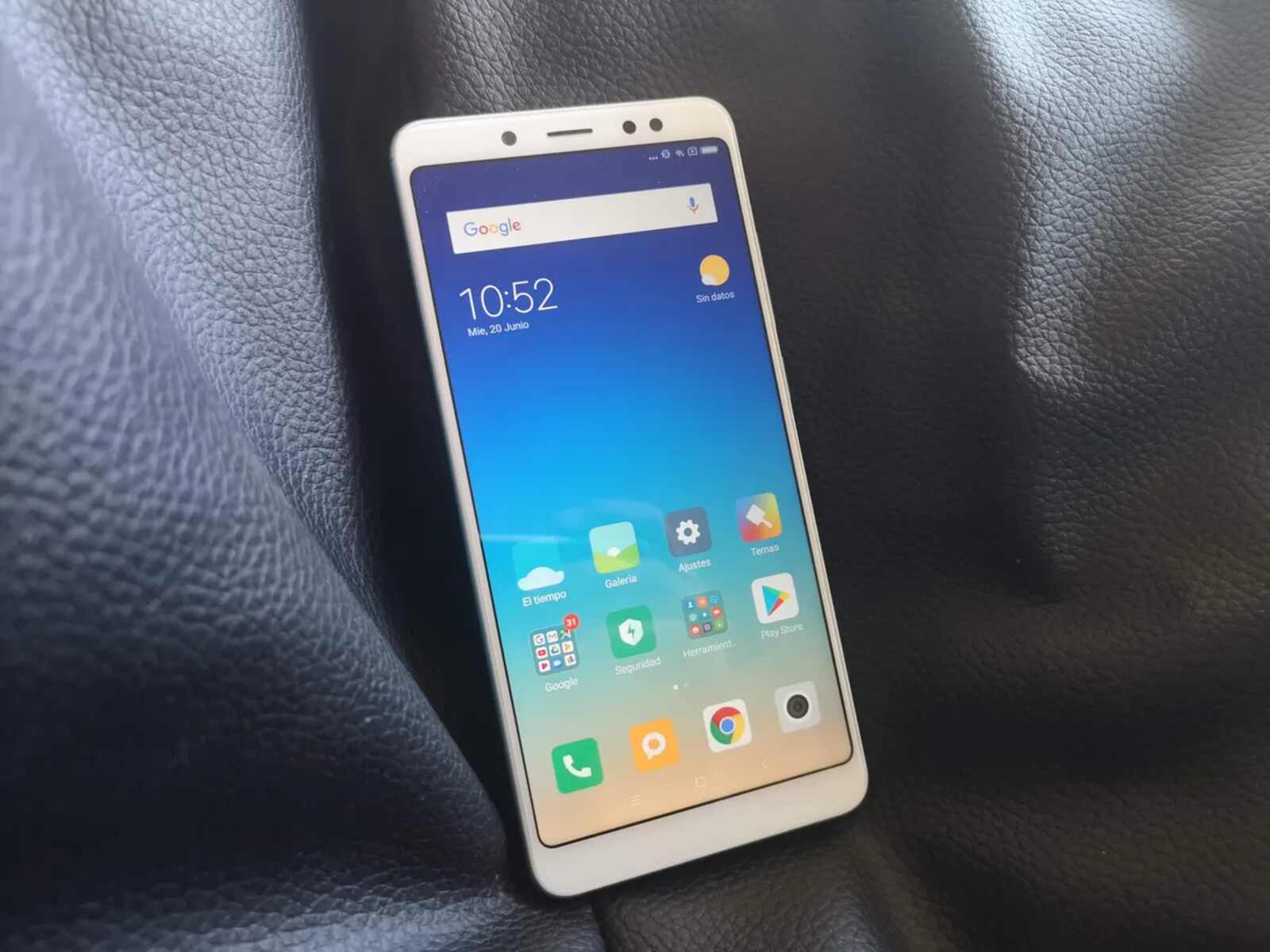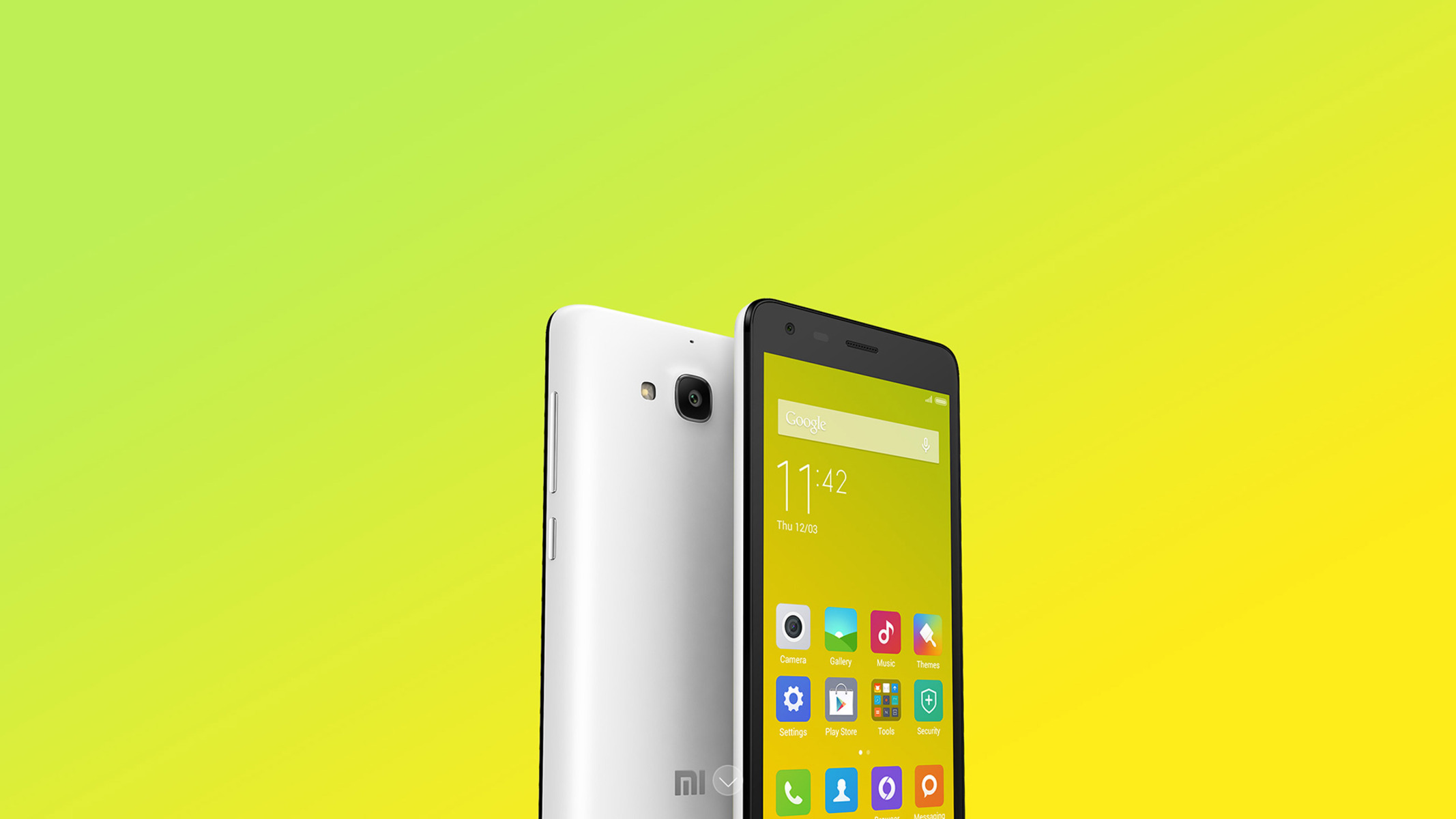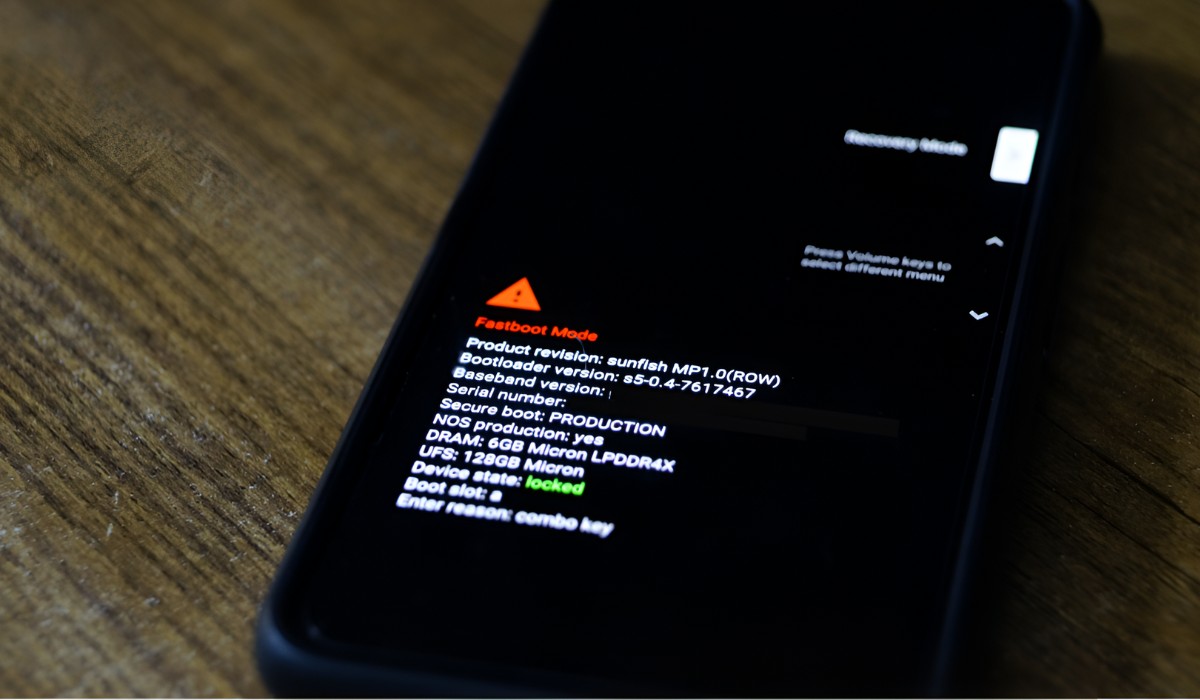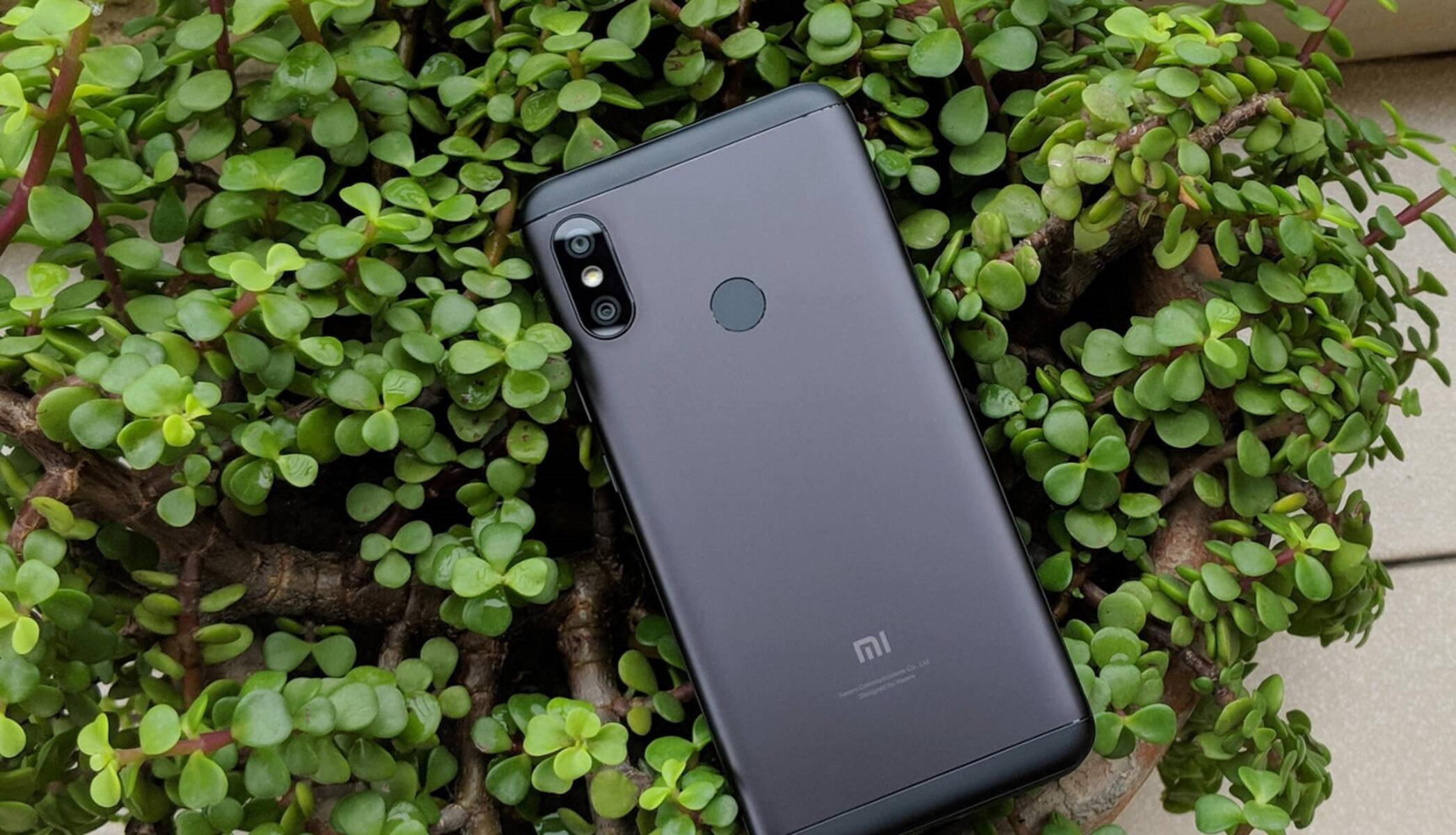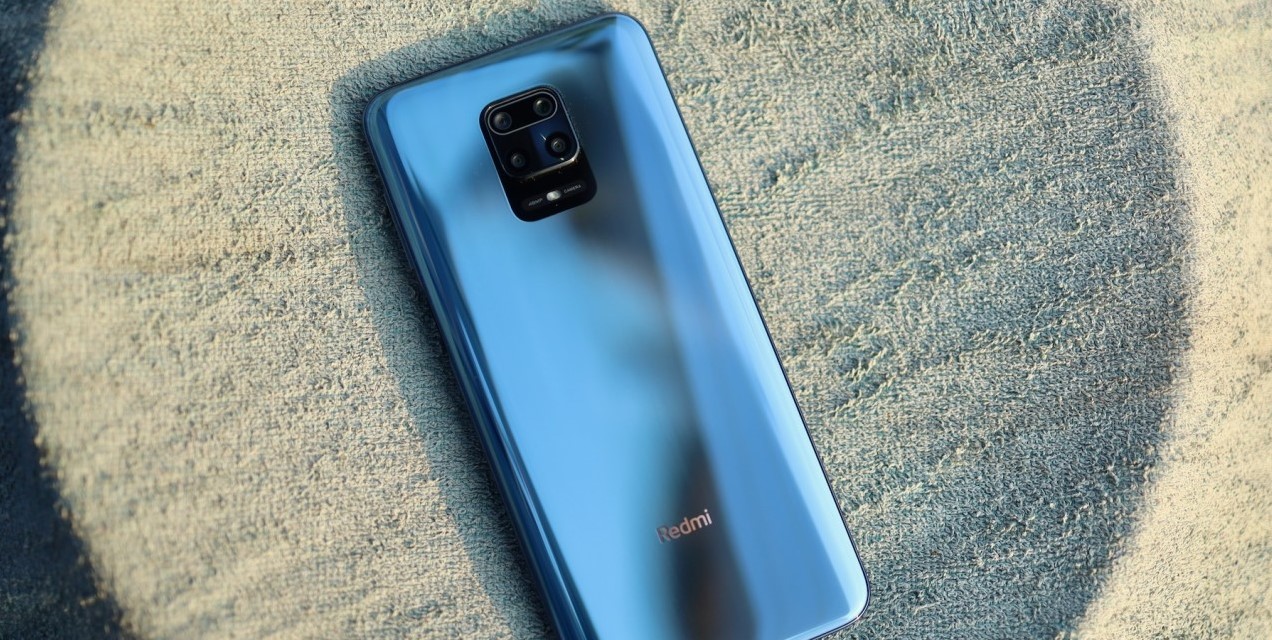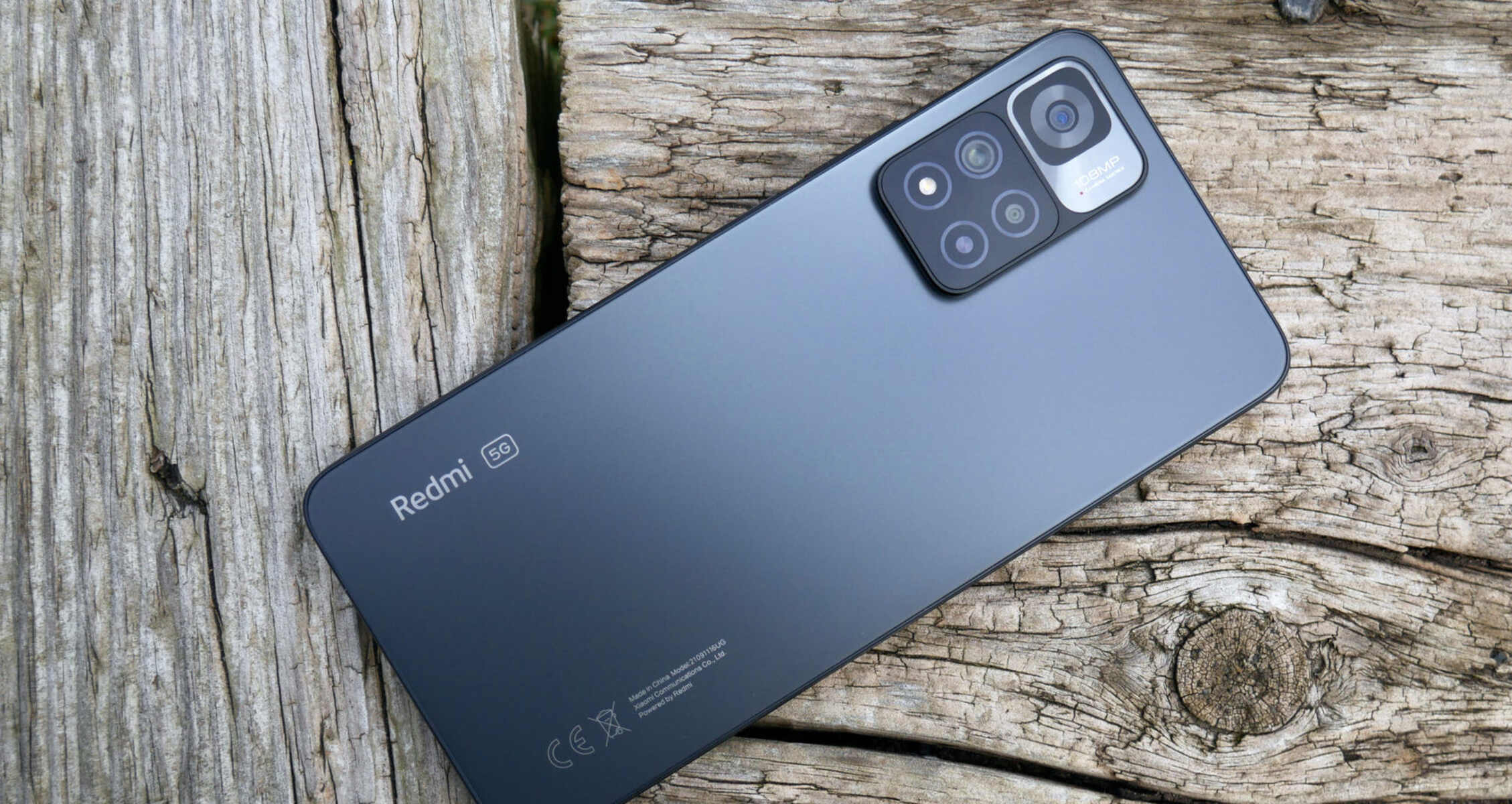Introduction
Unbricking a Redmi Note 5 with a locked bootloader can be a daunting task for many users. A bricked device can render the smartphone unusable, causing frustration and anxiety. However, with the right knowledge and guidance, it is possible to revive the device and restore it to its former functionality.
In this comprehensive guide, we will delve into the intricacies of unbricking a Redmi Note 5 with a locked bootloader. We will explore the reasons behind the bricking of the device, the significance of a locked bootloader, and the essential steps to successfully unbrick the smartphone. By following these instructions, users can regain control of their devices and alleviate the stress associated with a bricked Redmi Note 5.
Unbricking a device is a technical process that requires attention to detail and a systematic approach. Throughout this guide, we will provide clear and concise instructions, enabling users to navigate the unbricking process with confidence. Whether you are a novice or an experienced user, this guide will equip you with the knowledge and tools necessary to revive your Redmi Note 5 and restore its functionality.
By understanding the underlying causes of bricking and the specific steps required to unbrick a Redmi Note 5 with a locked bootloader, users can approach the situation with a sense of empowerment. This guide aims to demystify the unbricking process and empower users to take control of their devices, ultimately enhancing their overall mobile experience.
Stay tuned as we embark on this journey to unravel the complexities of unbricking a Redmi Note 5 with a locked bootloader, providing users with the insights and guidance needed to overcome this challenging scenario.
What is a Locked Bootloader?
A bootloader is a crucial component of a smartphone's system, responsible for initializing the device and loading the operating system. In essence, it serves as the gateway for the device to boot up and run the necessary software. When a bootloader is locked, it restricts the device from booting any unofficial or unauthorized software, thereby enhancing the security and integrity of the smartphone.
In the context of Redmi Note 5 and many other Android devices, a locked bootloader prevents users from making significant modifications to the device's software. This includes flashing custom ROMs, installing custom recoveries, and making low-level system changes. While this limitation may seem restrictive, it serves as a protective measure to safeguard the device from potential security threats and unauthorized software alterations.
From a manufacturer's perspective, locking the bootloader ensures that the device operates within the intended parameters, reducing the risk of software instability and security vulnerabilities. It also helps maintain the integrity of the device's software, preventing unauthorized modifications that could compromise the user experience and overall functionality.
However, for advanced users and enthusiasts, a locked bootloader can pose certain limitations, hindering their ability to customize and optimize the device according to their preferences. This restriction becomes particularly relevant when attempting to unbrick a device, as it may limit the available options for recovery and restoration.
In the case of a bricked Redmi Note 5 with a locked bootloader, the inability to flash custom recovery or firmware can complicate the unbricking process. This underscores the significance of understanding the implications of a locked bootloader and the potential challenges it presents when attempting to revive a bricked device.
By comprehending the role of a locked bootloader and its impact on device customization and recovery, users can gain a deeper understanding of the complexities involved in unbricking a Redmi Note 5. This knowledge forms the foundation for navigating the unbricking process effectively, empowering users to overcome the challenges associated with a locked bootloader and restore their devices to full functionality.
Why Redmi Note 5 Gets Bricked with Locked Bootloader?
When a Redmi Note 5 has a locked bootloader, the risk of bricking the device becomes a prevalent concern. The term "bricking" refers to a state where the device becomes non-functional, akin to a lifeless brick. This can occur due to various reasons, but the presence of a locked bootloader exacerbates the potential for bricking.
One common scenario leading to bricking is the installation of unauthorized or incompatible software. With a locked bootloader, the device is inherently restricted from booting such software, and any attempt to do so can result in a bricked device. Additionally, the inability to flash custom recovery or firmware due to the locked bootloader can further complicate the recovery process, increasing the likelihood of bricking.
Moreover, when users attempt to modify the device's software or system files without proper understanding or expertise, it can inadvertently lead to bricking. The locked bootloader imposes limitations on making low-level system changes, and any unauthorized modifications can disrupt the device's functionality, potentially resulting in a bricked state.
Furthermore, the absence of official support for unlocking the bootloader on certain devices, including the Redmi Note 5, can contribute to the risk of bricking. This lack of official support may prompt users to explore unofficial methods for unlocking the bootloader, which can introduce vulnerabilities and instability, ultimately leading to device bricking.
In essence, the combination of a locked bootloader and the inherent limitations it imposes significantly increases the susceptibility of the Redmi Note 5 to bricking. This underscores the importance of approaching device customization and software modifications with caution and expertise, especially when dealing with devices equipped with locked bootloaders.
By understanding the specific factors that contribute to the bricking of a Redmi Note 5 with a locked bootloader, users can gain valuable insights into the potential risks and challenges associated with device modification. This knowledge serves as a foundation for implementing precautionary measures and adopting a meticulous approach when navigating the complexities of unbricking a device with a locked bootloader.
Preparing for Unbricking
Before embarking on the unbricking process for a Redmi Note 5 with a locked bootloader, it is essential to prepare meticulously to ensure a smooth and successful recovery. The preparation phase plays a pivotal role in laying the groundwork for the subsequent steps, enabling users to approach the unbricking process with confidence and clarity.
First and foremost, it is imperative to gather the necessary tools and resources for unbricking the device. This includes obtaining the official firmware or stock ROM for the Redmi Note 5, ensuring that it is compatible with the specific model and variant of the device. Additionally, having the appropriate USB cable and a fully charged battery or access to a reliable power source is crucial to prevent any interruptions during the unbricking process.
Furthermore, it is advisable to familiarize oneself with the specific unbricking method recommended for the Redmi Note 5 with a locked bootloader. This may involve researching and understanding the intricacies of utilizing tools such as Mi Flash, Fastboot, or other relevant software for flashing the firmware onto the device. Acquiring a comprehensive understanding of the unbricking procedure and the associated tools is instrumental in mitigating potential errors and complications during the recovery process.
In addition to technical preparations, it is essential to approach the unbricking process with a methodical mindset. This involves creating a conducive environment for unbricking, minimizing distractions, and allowing ample time to focus on the task at hand. Clearing the workspace, organizing the necessary tools, and ensuring a stable internet connection can contribute to a seamless unbricking experience.
Moreover, it is advisable to back up any critical data or personal files from the device, if possible, before initiating the unbricking process. While unbricking typically aims to restore the device without data loss, unforeseen circumstances may arise, necessitating a precautionary backup to safeguard important information.
By meticulously preparing for the unbricking process, users can set the stage for a successful recovery of their Redmi Note 5 with a locked bootloader. This proactive approach not only enhances the efficiency of the unbricking endeavor but also instills a sense of readiness and confidence, empowering users to navigate the complexities of device recovery with clarity and precision.
Steps to Unbrick Redmi Note 5 with Locked Bootloader
Unbricking a Redmi Note 5 with a locked bootloader demands a systematic approach and careful execution. The following steps outline the essential procedures for successfully unbricking the device, enabling users to navigate the recovery process with precision and confidence.
-
Download Official Firmware: Begin by obtaining the official firmware or stock ROM for the specific model and variant of the Redmi Note 5. It is crucial to ensure that the firmware is compatible with the device to facilitate a seamless recovery process.
-
Install Necessary Tools: Install the requisite tools such as Mi Flash, Fastboot, or other relevant software on a computer. These tools will be instrumental in flashing the firmware onto the device during the unbricking process.
-
Boot into Fastboot Mode: Power off the Redmi Note 5 and boot it into Fastboot mode by simultaneously pressing the Power button and the Volume Down button. This will enable the device to enter Fastboot mode, allowing for the subsequent steps to be carried out.
-
Connect the Device: Using a compatible USB cable, connect the Redmi Note 5 to the computer while it is in Fastboot mode. Ensure that the connection is stable and secure to prevent any disruptions during the firmware flashing process.
-
Flash the Firmware: Utilize the installed flashing tool, such as Mi Flash, to flash the downloaded official firmware onto the Redmi Note 5. Follow the tool's instructions carefully, ensuring that the firmware flashing process is executed accurately.
-
Monitor the Progress: Monitor the progress of the firmware flashing process to ensure that it proceeds smoothly without encountering any errors or interruptions. Pay close attention to any prompts or notifications from the flashing tool to address any potential issues promptly.
-
Complete the Unbricking Process: Once the firmware flashing is successfully completed, disconnect the Redmi Note 5 from the computer and reboot the device. Allow the device to boot up and initialize the newly flashed firmware, verifying that the unbricking process has been executed effectively.
By following these meticulous steps, users can effectively unbrick a Redmi Note 5 with a locked bootloader, restoring the device to full functionality. It is imperative to approach each step with attentiveness and precision, ensuring that the unbricking process is carried out seamlessly and without errors. With a methodical approach and a clear understanding of the unbricking procedures, users can overcome the challenges associated with a locked bootloader and revive their Redmi Note 5 with confidence and proficiency.







